Your crawl space is probably plagued by a humid atmosphere. If that is the case, you would need a vapor barrier to help keep moisture in check. To provide you with the procedure for installing one, we have done thorough research. Here are our findings.
To install a vapor barrier in a crawl space, you would need to follow these steps:
- Flatten out several sheets of impenetrable plastics within the confinement.
- Lay down the vapor barrier.
- Cover exposed foundation.
- Finally, insulate your crawl space.
While this looks simple, you should continue reading for more detailed information about installing vapor barriers.
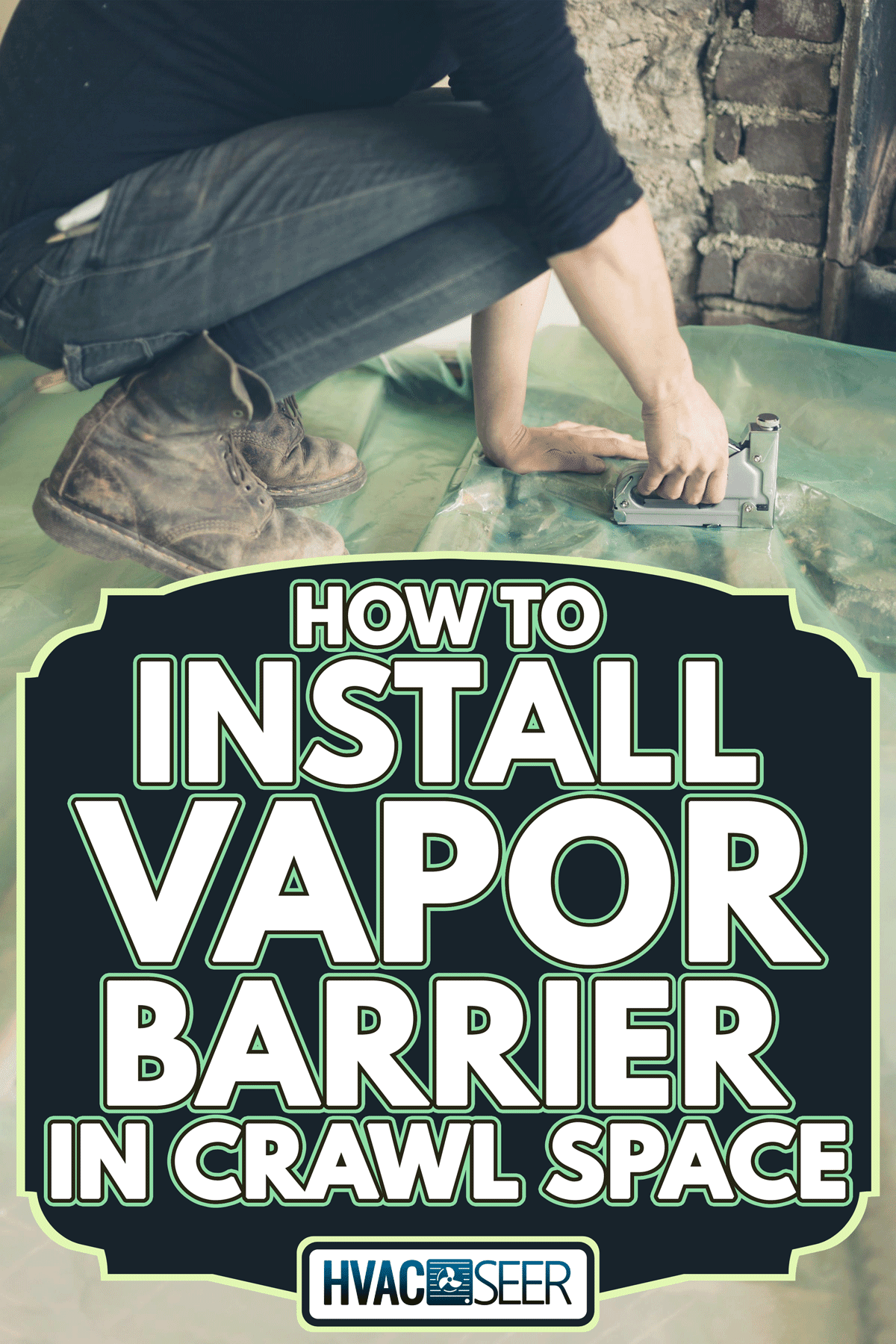
Needed Tools to Install a Vapor Barrier
For vapor barrier installation, you need certain necessary materials and equipment. Fortunately, the materials needed to install a vapor barrier in your crawl space are relatively cheap. Here are a few pieces of equipment you would need to carry out the project yourself.
- 6-mil plastic
- Caulk
- Caulk gun
- Hammer
- Straightedge
- Ruler
- Tape measure (for taking dimensions of the plastic sheet and the area you will fit the plastic sheet)
- Landscape fabric stakes
- Utility knife (for cutting the plastic sheet)
- Dust mask (to protect against dust particles in the atmosphere)
Step-by-step Procedure For Installing Vapor Barrier in Crawl Space
Experts assure us that you can install vapor barriers in one day. While installing a vapor barrier is a bit complex, you can get things done with detailed planning and strategic thinking. Here is a step-by-step procedure to install a vapor barrier in your crawl space.
1. Lay Down The Vapor Barrier
The first step is to lay down the barrier material on a flat surface to install a vapor barrier. Before that, measure to know how much barrier material to cut out. For optimum protection, you should overlap the barriers and make sure they are properly sutured and sealed.
The next step is to add a landscape fabric on top of the barrier to further protect it from tearing. Landscape fabric is a type of material that is used to protect the vapor barrier in a crawl space.
Landscape fabric can be made of different materials, either synthetic or organic. The type of material used depends on what you are covering and the needed longevity.
2. Close Foundation
There might be exposed areas of your foundation. You should cover these areas with one to two inches of vapor insulation.
By enclosing the foundation, you ensure and optimize the effectiveness of the vapor barrier system and protect your residence and items from water damage and prevent moisture in the foundation's concrete from entering your residence.
3. Insulate your Crawl Space
The final procedure is insulating your crawl space to avoid air leaks. With a six-millimeter layer of plastic, you can cover the interior walls of the foundation. By doing this, you secure the crawl space from moisture and pests.
What Are Crawl Spaces [Uses]
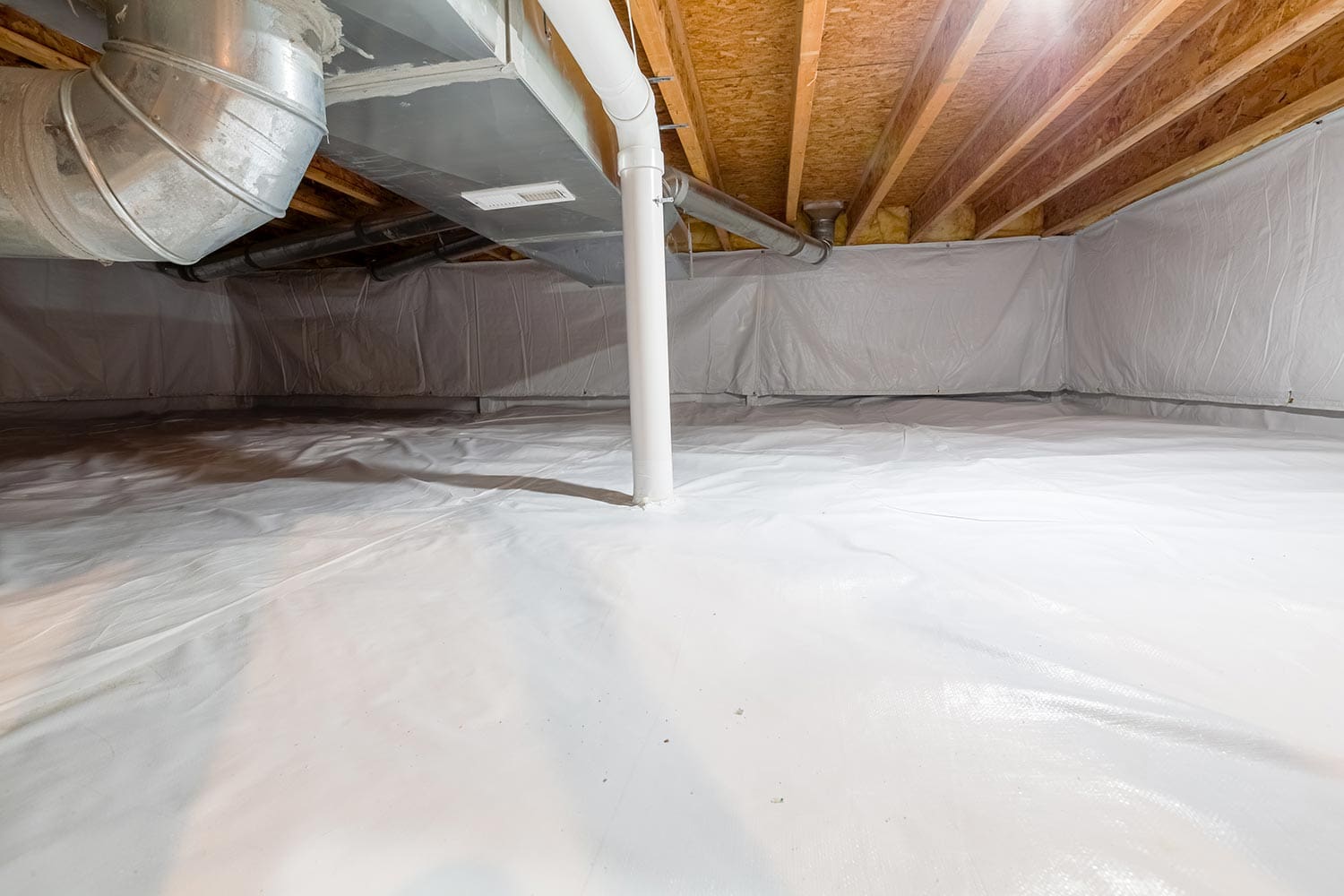
A crawl space is a vacant, incomplete, and cramped compartment usually found between the ground floor and the first floor of a building. The compartment is termed crawl space because there is not enough room to stand, so you can only crawl.
A crawl space usually ranges between 0.7 meters and 1.5 meters or 18 x 24 inches. If the space is above that, it would be considered a basement. A crawl space is used for several purposes. It can be used to facilitate cooling and heating systems and ease plumbing and electrical wiring. If your crawl space is wide enough, you can include an HVAC unit.
How Do Vapor Barriers Work?
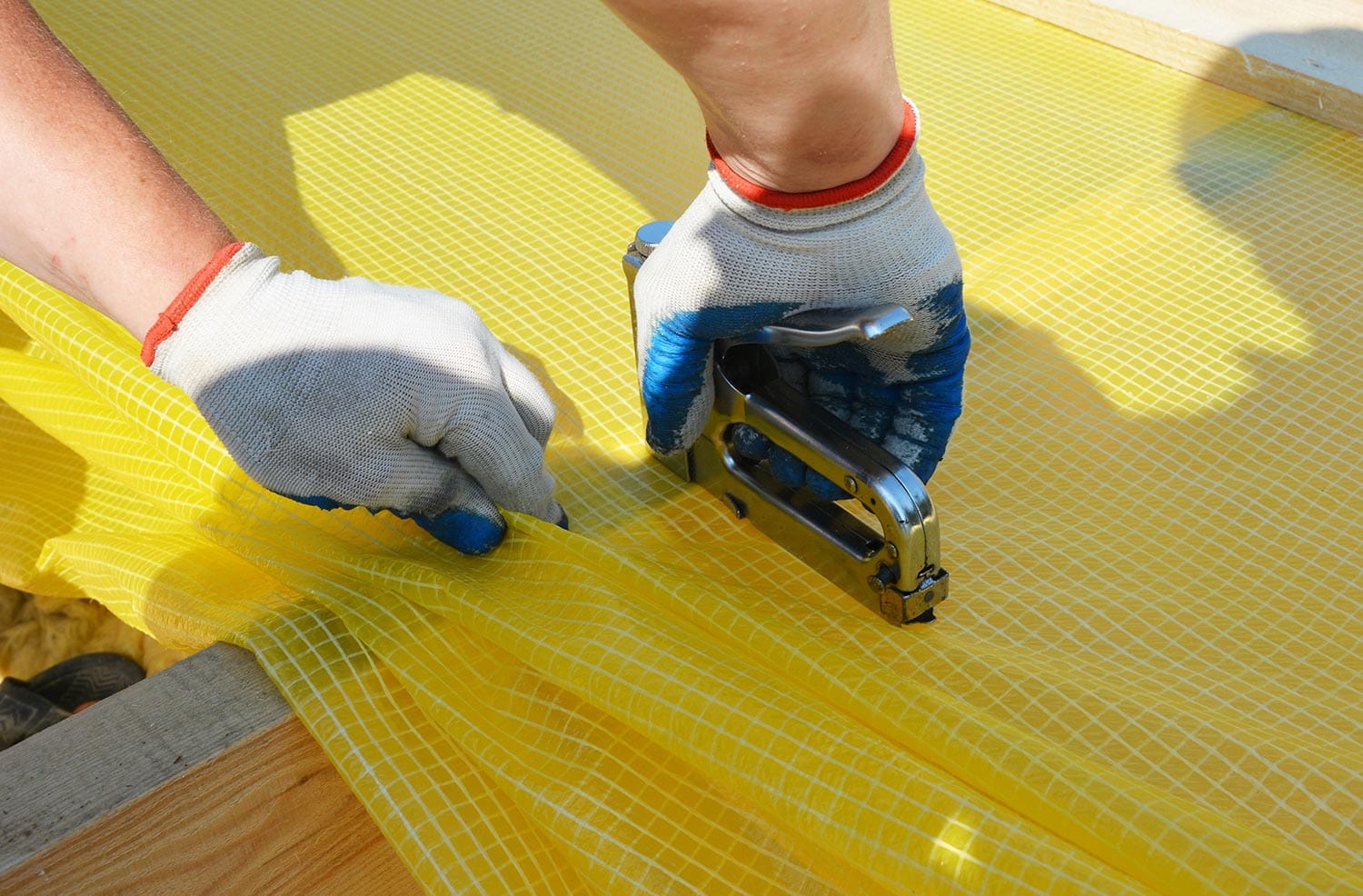
A vapor barrier is a covering that prevents the movement of water or water vapor from the atmosphere into a structure. A vapor barrier prevents water migration into your crawl space or facilitates the elimination of water out of your crawl space by diffusion. You should install a vapor barrier if facing a dense accumulation of moisture.
Issues Caused by Moisture in Crawl Space
When it comes to maintaining a crawl space, one major challenge you would experience is that moisture may develop in the room from time to time. This is because crawl spaces are generally prone to humidity. There are several problems caused by the presence of moisture in a crawl space.
Mildew and Mold Growth
If moisture is present in your crawl space, mildew and mold may grow on the surfaces of your belongings. The presence of moisture in an environment facilitates mildew and mold growth. As mildew and mold spores, always present in the air, can only develop on damp surfaces.
When the spores settle on damp surfaces, they proliferate into new mold colonies. These mold colonies then digest organic matter and advance to the neighboring organic material, causing irreparable damage to items in your crawl space.
Presence of Termites
Termites can cause irreparable damage to wood fittings and furniture in your crawl space. The presence of moisture in an environment encourages the proliferation of termite colonies. Termite colonies require humidity to survive because warm and wet environments shield their bodies from drying out.
Habitation of Pest
If your crawl space is humid, you should expect the habitation of pests, as a humid environment is a desirable habitat for many pests. Pests are problems in your home because they could cause damage to property, including clothing, furniture, etc., in your home.
In a case where this becomes an infestation, it may result in damage to your home, poisoning of your food, damage to electrical wiring, which may cause fire, etc.
Residence of Vermin
If humid, your crawl space may harbor vermin. Animals such as parasitic worms, cockroaches, mice, rats, snakes, etc., which are considered vermin, may become residents in your humid crawl space. This is because vermin desire warm and wet environments to survive.
This could pose an environmental risk to you and your family, interfere with electrical wiring, and even pose health risks such as injury or death.
Offensive Odor
Each of the issues mentioned above can cause an offensive odor in your crawl compartment. Mildew and mold growth, termite infestation, pests habitating, and water damage can create permanent odors. You might have to seek professional help to decontaminate or vacate your home completely.
Does a Crawl Space Need a Vapor Barrier?
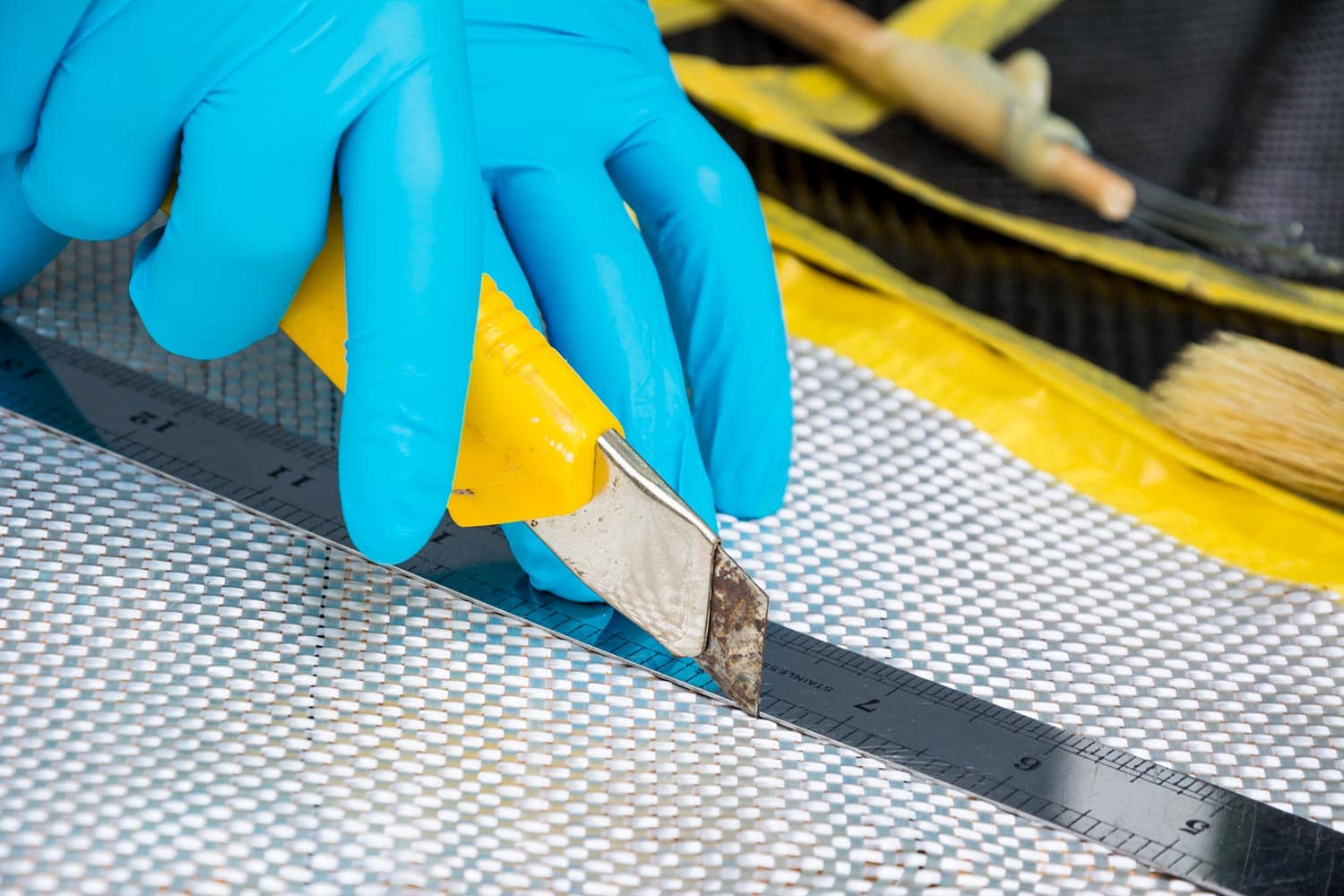
You are probably wondering if your crawl space needs a vapor barrier. If you desire to maintain your residence and avoid expensive repairs, you would need a vapor barrier in your crawl space. Installing a crawl space is necessary, and it is the primary and the minimal system of defense you would need to keep your crawl space dry.
What Is The Best Thickness For Vapor Barriers in Crawl Space?
Polyethylene sheeting is the most common material used as vapor barriers in crawl spaces. Polyethylene sheeting is a thin, flexible plastic film that is made of petroleum.
This material is used in various applications, including as an insulator for electrical wires and cables, as protective packaging for delicate items such as electronics or glassware, and in roofing materials. The price of polyethylene sheeting varies depending on the price of oil.
The appropriate recommended thickness for a moisture-proof barrier varies from 6-20 millimeters. What would be required for your crawl space would depend on the thickness of your crawl compartment. If you have a rocky crawl compartment that would contain your items, you would need to opt for thicker material.
Can I Use Plastic Sheeting as a Vapor Barrier?
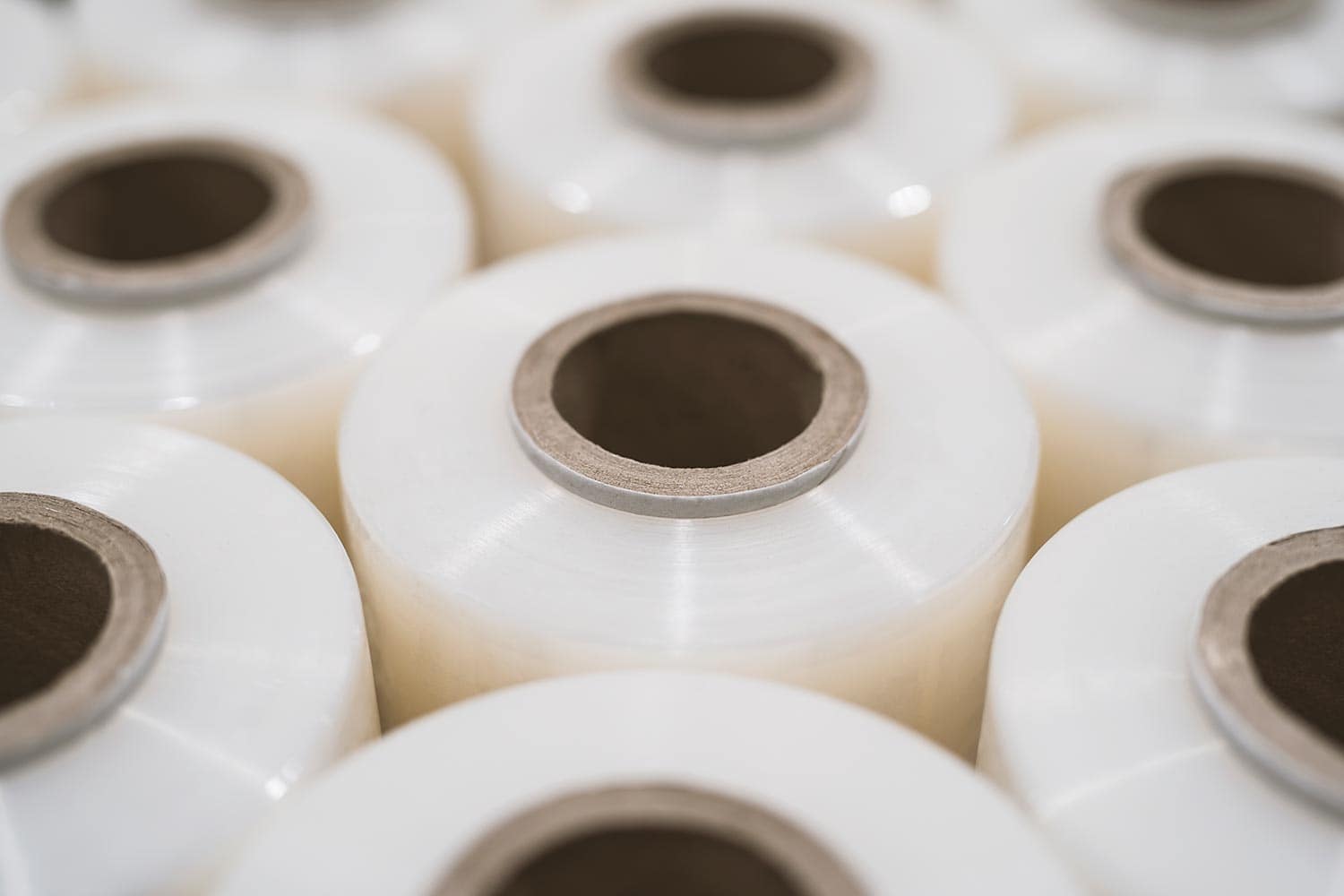
Yes. Plastic Sheeting is the most prevalent type of vapor barrier. Plastic sheeting is a thin, flexible material that is often used as a barrier to protect against contamination or moisture. It comes in different forms, including polypropylene and polyethylene.
Nylon is a popular choice because it is strong and durable. Polypropylene is also a popular choice because it has good chemical resistance and flexibility. Sometimes plastic can be an undesirable choice of material because it has low tensile strength. If you are looking for a short-term, cost-effective method, plastic sheeting will suit your needs.
To Wrap Up
Crawl spaces are one of the most challenging areas in a house to keep dry. This is because they have no insulation or ventilation, which increases the risk of vapor intrusion. Based on the information provided above, you can make informed choices regarding keeping your crawl spaces vapor-free.
To learn more about taking care of your crawl spaces, you can read these engaging articles:
